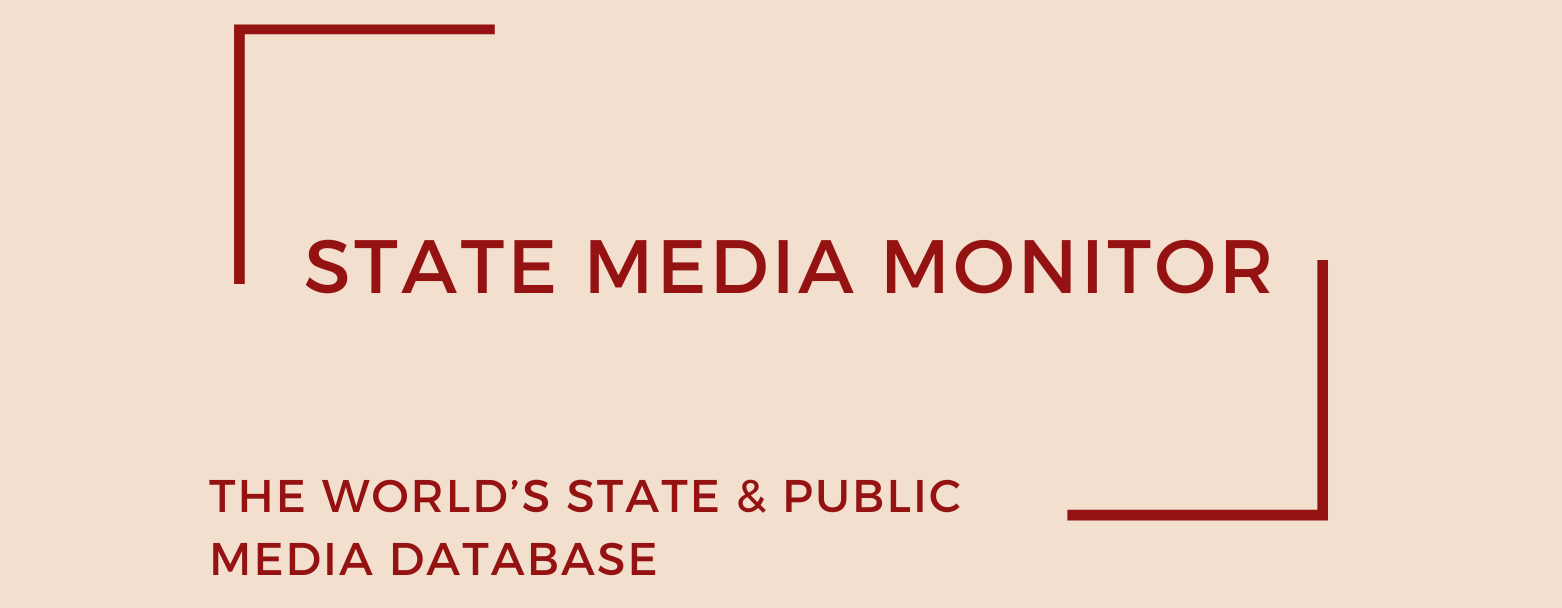Channel One
Channel One holds the distinction of being the first television channel to broadcast in post‑Soviet Russia. From April 1995 until September 2002, it operated under the name Public Russian Television (Общественное Российское Телевидение, ORT).
Media assets
Television: Pervyy kanal, Telecafe, Dom kino, Music One TV, Vremya, Dom kino Premium, Bober, Perviy Kanal Evraziya
State Media Matrix Typology
Captured Public/State-Managed (CaPu)
Ownership and governance
The Russian state maintains a controlling interest in Channel One, owning 51 % of its shares through state‑controlled entities, primarily the Federal Agency for State Property Management, which holds nearly 39 %, with the remainder held by FSUE Itar‑Tass and FSUE Ostankino. This structure has been confirmed by expert assessments as of March 2023 and June 2024.
Konstantin Lvovich Ernst has served as Chief Executive Officer of Channel One since 1999, making him one of the longest-standing figures in Russian broadcasting. A former producer, he is widely credited with reshaping the channel’s entertainment programming in the 1990s and early 2000s, bringing in slick formats and cultivating a modern visual style that distinguished Channel One from its Soviet predecessors. Over the years, Ernst has consolidated his role as both cultural impresario and political gatekeeper, steering the channel’s editorial line in close alignment with the Kremlin. Internationally, he has been a controversial figure: praised at home for his creative acumen but sanctioned abroad for his role in disseminating pro-government narratives, particularly in the wake of Russia’s war in Ukraine.
Source of funding and budget
Channel One’s funding traditionally stems from a blend of advertising revenue and state subsidies. In recent years, federal subsidies have come under a tightening squeeze, according to vocational observers in 2023–2024, reflecting ongoing financial pressure.
In 2019, revenues reached approximately RUB 27 billion, with a state subsidy of about RUB 2.5 billion. In 2020, the channel rebounded spectacularly, posting a net profit of RUB 6.3 billion, the best in the past decade. In 2021, revenue climbed to around RUB 28 billion, but net profit tumbled to RUB 581 million. In 2022, subsidies remained consistent at RUB 6.27 billion, though the profit trend continued to be volatile.
In December 2024, the Ministry of Finance set out forward allocations of RUB 6 billion for 2025 and RUB 4.6 billion for 2026. While these sums do not exceed the levels granted in earlier years, they represent a stabilization of state funding after a period of uncertainty. The fact that subsidies were earmarked two years in advance provides the broadcaster with a degree of financial predictability in an otherwise volatile market environment.
Editorial independence
Channel One is firmly under Kremlin editorial control and commonly seen as a vehicle for state messaging, particularly in the context of the war in Ukraine. Independent analyses and academic studies describe the channel as a tool of state propaganda, with pervasive censorship and no mechanisms for independent editorial oversight identified.
August 2025
Citation (cite the article/profile as part of):
Dragomir, M. (2025). State Media Monitor Global Dataset 2025.
Media and Journalism Research Center (MJRC).
Zenodo.
https://doi.org/10.5281/zenodo.17219015
This article/profile is part of the State Media Monitor Global Dataset 2025, a continuously updated dataset published by the Media and Journalism Research Center (MJRC).
